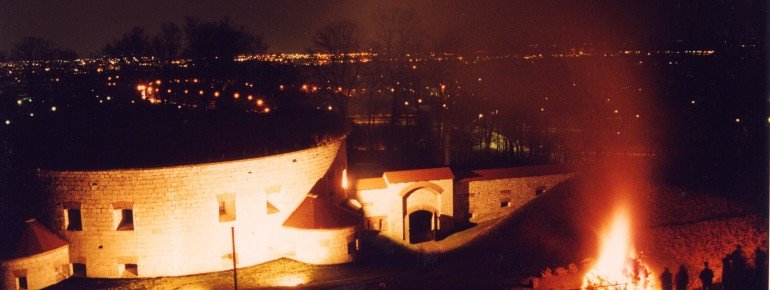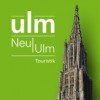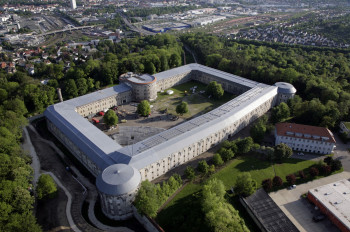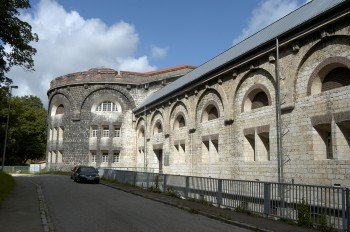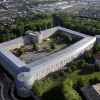Contents
Description
The federal fortress Ulm was built in the middle of the 19th century and was at that time the largest fortress in Germany. It consisted of various installations, some of which can still be seen today. The 12.5-kilometre-long fortress path leads along the main embankment past the surviving buildings and provides information on their origin and function on numerous panels.
Wilhelmsburg
The main work of the fortress belt is the Wilhelmsburg castle on the Ulm Michelsberg. Every third Sunday of the month the Citadel can be visited as part of a public guided tour. If you want to participate, you don't have to register in advance, but you should bring a flashlight. The tour starts at 11 am.
Glacis facilities
The city wall is particularly worth seeing on the Neu-Ulm side. The beautifully landscaped parks and green areas of the Glacis offer not only opportunities to relax and stroll, but also an interesting insight into the concept of the Federal Fortress.
Historical Information
The Napoleonic Wars caused the German states to protect their western borders with federal fortresses. One of them was built between 1842 and 1859 in Ulm. The main embankment was designed so large that it could accommodate an entire city, Neu-Ulm.
Since new artillery guns were invented, the fortress concept for defence purposes was considered obsolete as early as 1860. A year before the turn of the 20th century, Ulm bought a large part of the fortress, broke down parts of the walls and extended the city to the west. In 1906 Neu-Ulm extended the city to the east.
In peacetime, the fortress housed 500 soldiers. During the First World War several infantry guns were erected along the fortress and during the Second World War parts of the fortress served as air-raid shelters. From 1933 to 1935 there was a concentration camp in Fort Oberer Kuhberg where opponents of the Nazi regime had to do forced labor in the fortress. After the war, many displaced persons and refugees from Eastern Europe and the GDR came to Ulm. The barracks served as emergency accommodation until the 60s.
How to get there
Ulm lies on the A8 between Stuttgart and Augsburg and on the A7 between Memmingen and Aalen. The Federal Fortress complex extends around the city centres of Ulms and Neu-Ulms. You will find multi-storey car parks at the Congress Zentrum, the Rathaus and the Theater.



